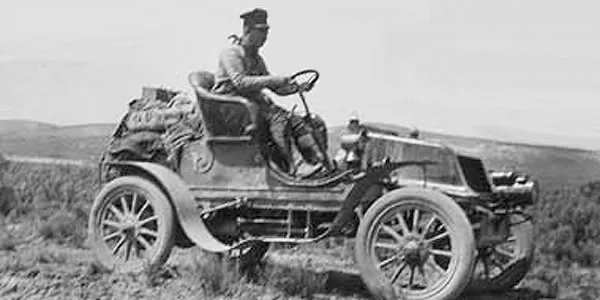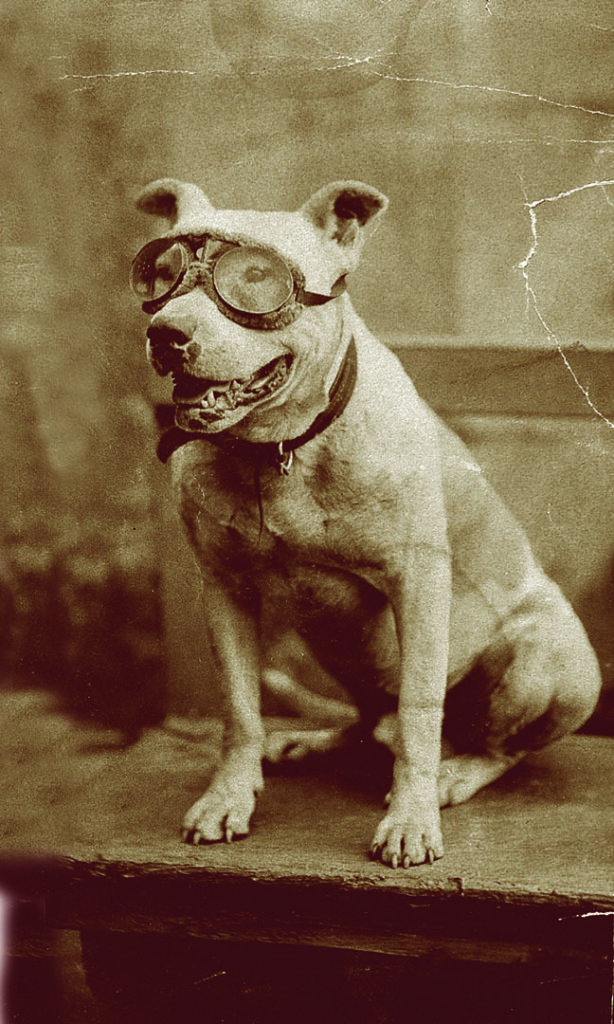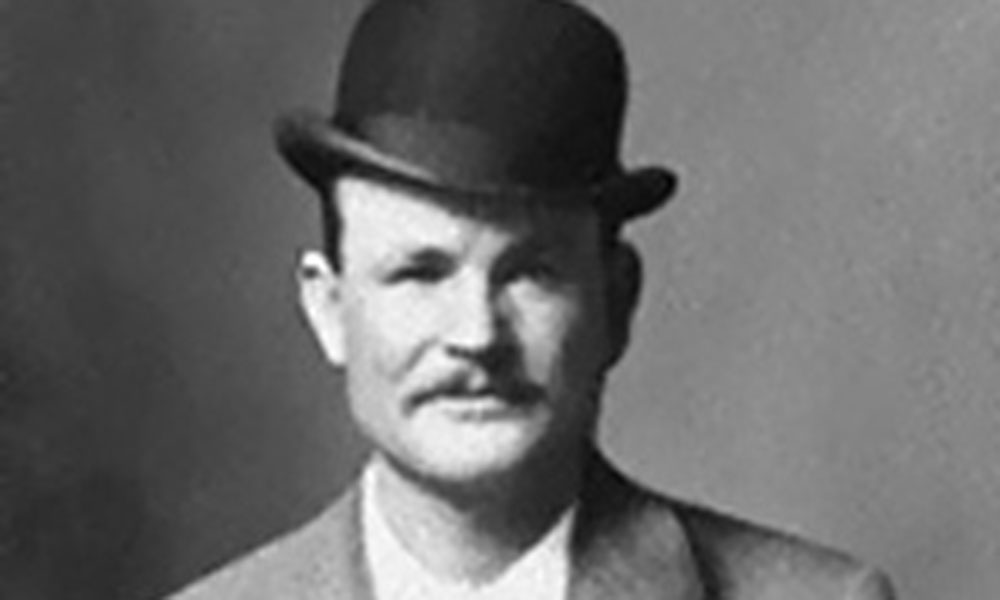
“YOU ONLY HAVE TO FEED ‘EM WHEN YOU USE ‘EM” Prior to 1800 never has there been a period that experienced such dramatic changes as the 19th century. In 1803 it took Lewis and Clark and the Corps of Discovery a year and a half to cross the country to the Pacific Ocean. During the 1840s pioneers in prairie schooners took six months to travel from Independence, Missouri to get to Oregon and California. Since the time of the Romans people had only been able to travel at speeds of four mph. The first steam engine for railroad transportation was born in England in 1825. A year later it came to America. By the 1850’s trains were traveling at speeds of twenty-five mph. During the 1880’s railroads shortened it to two weeks.
By 1890 an automobile could go more than twenty miles an hour. In 1903 at Daytona Beach, Florida, Alexander Winton founder of the Winton Motor Carriage Company drove one of his cars an amazing sixty-eight mph. In 1916 drivers could follow the Lincoln Highway and complete the trip to San Francisco in five days.
When the newfangled first automobiles appeared in America many citizens were not pleased with the noisy contraptions that frightened horses and mules. Some states went as far as to pass laws that discouraged their use. One state went as far as to pass a law that required a man carrying a flag on a pole to walk one hundred feet ahead to warn people of its approach.

In the spring of 1903, Dr. Horatio Nelson Jackson, and his wife Bertha, whom he called “Swipes” of Burlington, Vermont were visiting San Francisco when he overheard some men discussing the impossibility of an automobile being able to travel cross-country. He made a whimsical bet of fifty dollars that he could do it in less than ninety days. Thirty-one-year-old Nelson did not have a car and he did not even know how to drive. Regardless, he went out and purchased a used twenty horsepower Winton automobile and found a young bicycle mechanic named Sewall Crocker to accompany him. On May 23rd, the two set off on their historic journey in the vehicle he named “Vermont” in honor of his home state. Swipes wisely chose to ride the train back to Vermont.
They hadn’t been on the road fifteen minutes when they had their first flat tire. It would be the first of many flat tires and mechanical failures on their historic cross country journey.To avoid the hostile desert of Nevada the two journeymen took a northern route through California and Idaho where Nelson bought an English bulldog named Bud for fifteen dollars to accompany them. He became an excellent companion, sitting up in the seat like a happy camper. When the dust got in his eyes, Nelson bought him a pair of goggles.
Breakdowns were frequent so he had Wells Fargo ship the needed parts to a specified location. Ironically, the parts were delivered by a horse-drawn stagecoach. Waiting for parts did cause delays. By this time they were aware that two other teams were competing with them for the glory of being the first to make the trip in a horseless carriage.

The most difficult part of the journey was getting across the virtually uncharted West on roads that were not even passable, they were not even jackassable. They braved treacherous mountain passes, dry deserts, rivers with no bridges and severe weather. Through it all the unflappable Nelson remained optimistic. He never doubted they would not be able to complete the trip.
In Wyoming they turned south to Utah to pick up the Transcontinental Railroad where he could follow the roads alongside the rails. The most difficult part of the journey was now behind them. The roads they now traveled were a piece of cake after the ones they had traveled.
After traveling 5,600 miles in 63 days, on the morning of July 26th Jackson, Crocker and Bud arrived in New York City, laying claim to be the first to cross the United States from San Francisco to New York City in an automobile.





